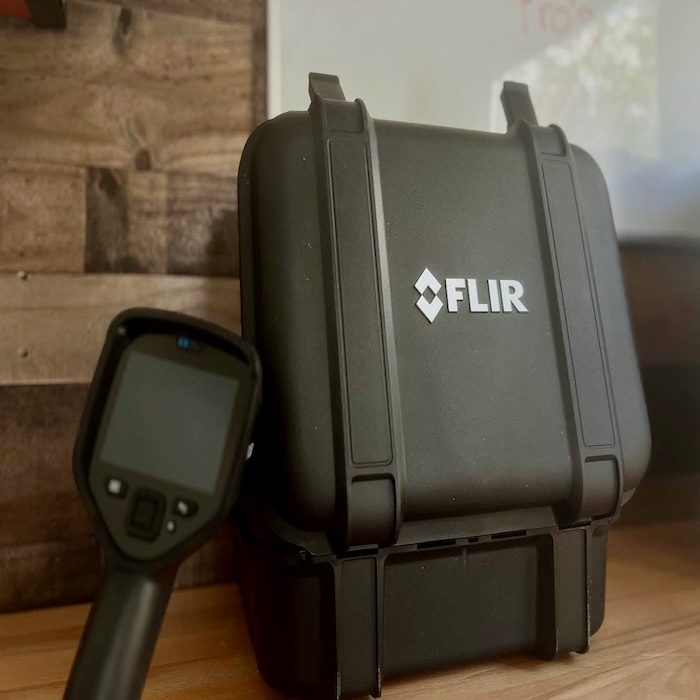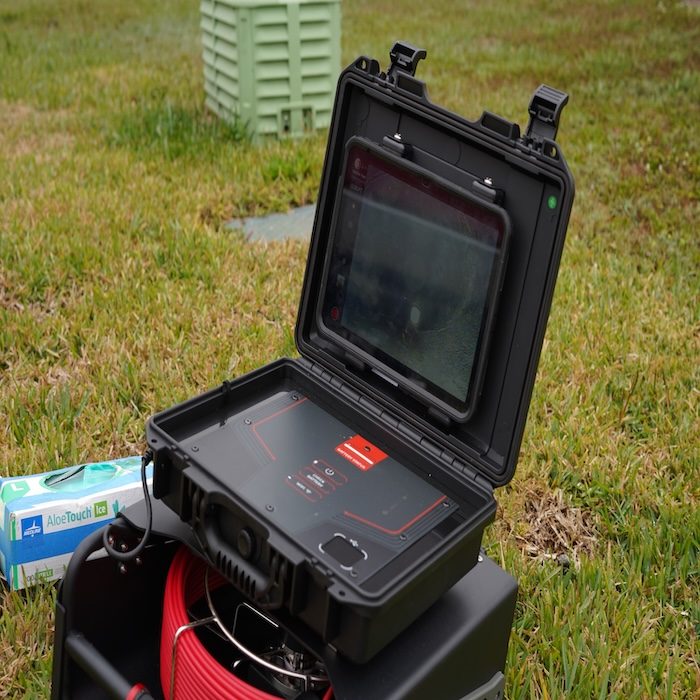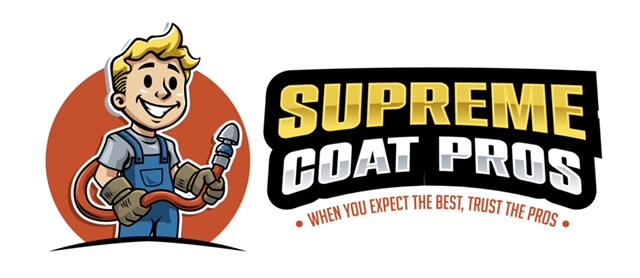Inspection


Thermal Imaging:
A thermal camera is a valuable tool for inspecting pipes because it detects temperature variations on the surface of the pipes. Here’s how it works:
Identifying Temperature Differences: Thermal cameras capture infrared radiation emitted by objects, converting it into a visible heat map. When used on pipes, the camera detects any temperature differences between the pipe and its surroundings. Hot or cold spots on the pipe’s surface can indicate issues such as leaks, blockages, or insulation problems.
Leak Detection: In the case of water pipes, a thermal camera can reveal temperature changes where leaks occur, as escaping water will often cool down or heat up the surrounding area. For example, a cold water pipe with a leak may show a different temperature pattern compared to the rest of the pipe.
Blockage Detection: Blockages in pipes, especially those related to fluid flow, can create temperature differences. If the fluid inside the pipe is moving slower or is obstructed, it can lead to variations in the pipe’s surface temperature.
Heat Loss or Insulation Problems: In pipes carrying hot water, thermal cameras can be used to detect areas of heat loss or poor insulation. If there are spots where heat is escaping, the camera can highlight these areas, making it easier to target the problem.
Non-invasive and Efficient: Thermal imaging is non-invasive and allows for quick and efficient inspections without the need to dismantle pipes or dig up the ground. This makes it an ideal method for inspecting hard-to-reach or underground pipes.
In essence, thermal cameras allow technicians to quickly and accurately detect potential problems within pipes, helping to prevent more serious issues and minimize the need for invasive repairs.
CCTV Video Inspection:
The whole process is trenchless. Our cameras enable our technicians to access the system through points like a toilet, cleanout, or roof stack. This lets us use video technology to quickly identify the source of the issue. If you suspect a problem with your sewer or pipes, please call Supreme Coat Pros right away.
How We Perform Inspection:
To perform a pipe camera inspection, we connect a small camera to a hose powered by either a hydraulic or electric pump. The camera is then inserted through an existing access point and gradually moved through the pipe or drain. While the camera moves, we monitor the screen to identify any obstructions, corrosion, collapses, or other issues within the pipe or drain.
Video inspections help us address many problems, including:
- Grease and Oil Clogs
- Solid Waste Obstructions
- Pipe Collapse
- Tree Root Intrusions



